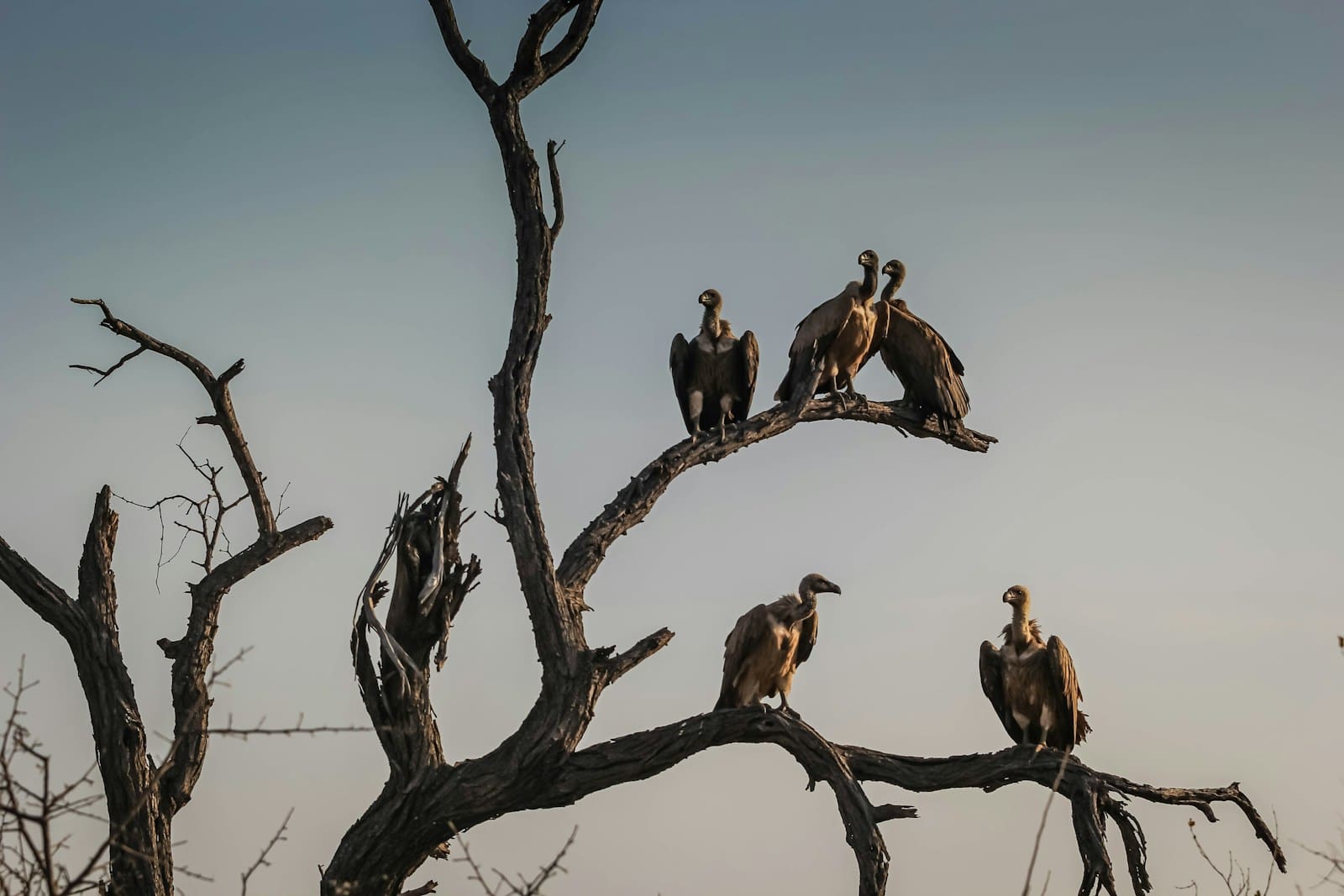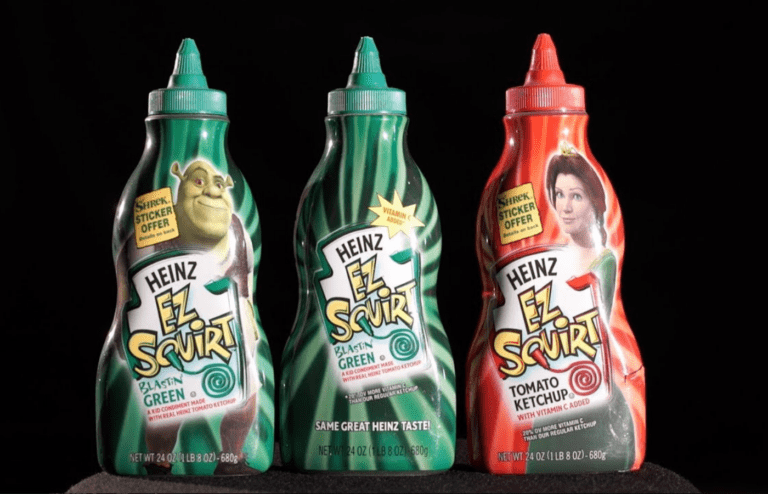Nature can be absolutely bonkers sometimes. From the smallest insect to the largest mammals, animals have developed some truly fascinating, if not alien, ways to survive in this harsh world. Here are 15 obscure facts about animals that will probably leave you surprised.
Ants Form Into Balls to Survive High Waters
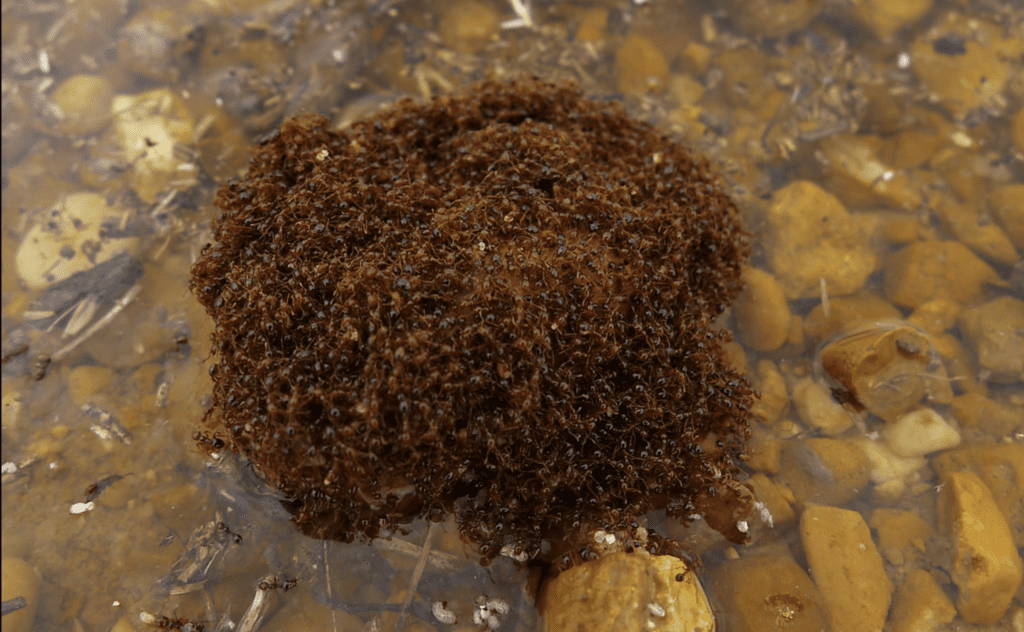
Sometimes when it rains or floods, ants will assemble into “balls” that can then “roll” across the water, giving all the little anthropods time to take in fresh oxygen. It may not look like a perfectly spherical ball, but like the rafts they also form sometimes, it’s a community effort that helps survival.
Bees React to Fake Banana Scents
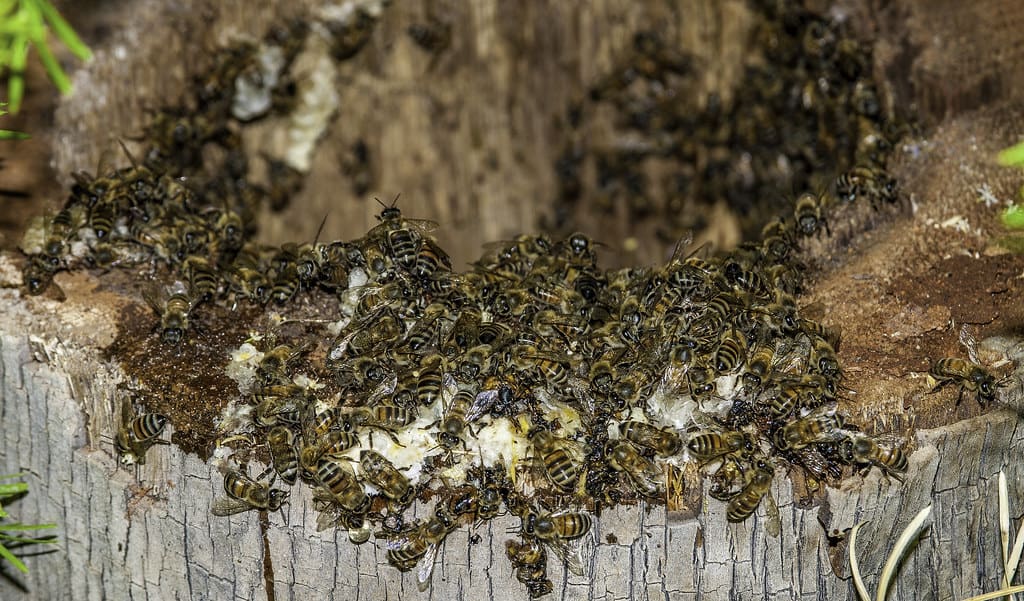
The same chemical compound that food scientists use to make that fake banana flavor is a warning signal to bees. Some beekeepers have reported smelling that scent when near hives crawling with upset bees. So it may be best never to eat sweet banana candy near a bee hive!
Duck-billed Platypuses Have No Nipples for Milk
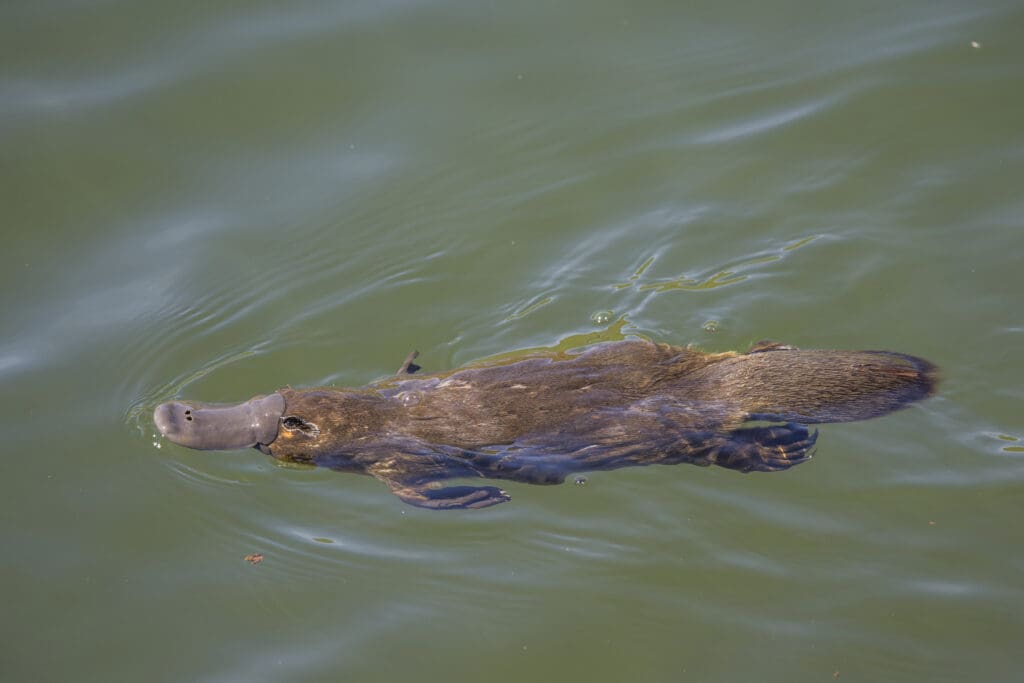
We all know that the duck-billed platypus is an animal that seems to be assembled from spare parts. They’re semi-aquatic mammals who lay eggs. And their younglings need milk, but the platypus has no nipples. So what do they do? Well, they just excrete milk from their skin.
Vultures ‘Clean’ Their Legs By Urinating
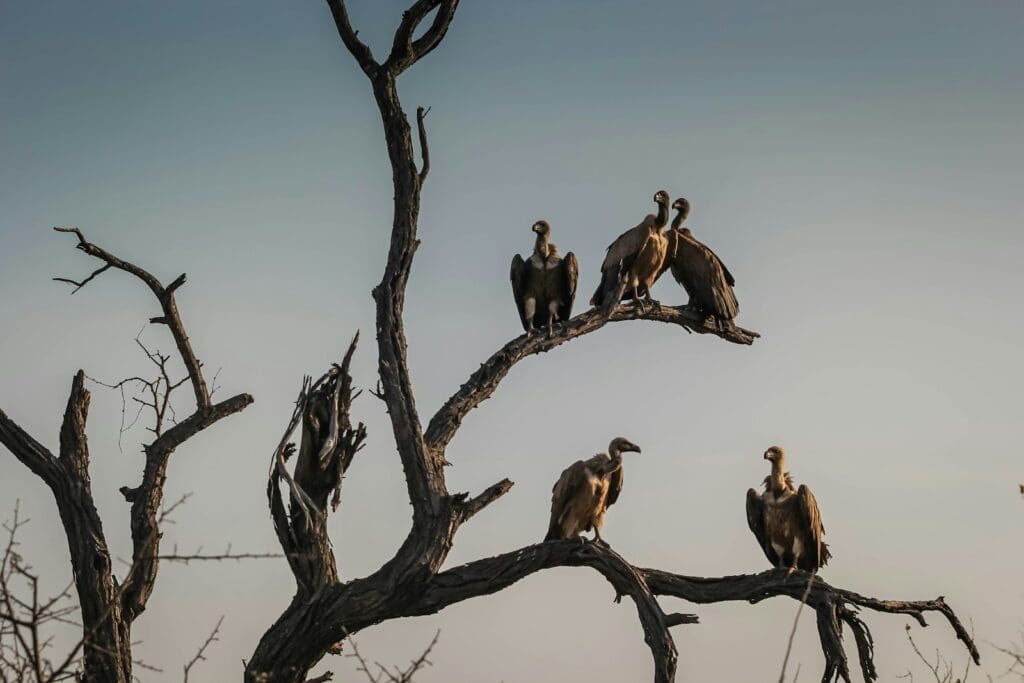
Vultures spend a lot of time picking at carcasses. This means that their legs pick up a lot of bacteria and parasites. So how do they prevent the any negative side-effects from this behavior? Well, it’s called urohydrosis — meaning they pee on their own legs to cleanse themselves. This also helps cool their legs down on hotter days.
Penguins Can Filter Saltwater and Cry It Out
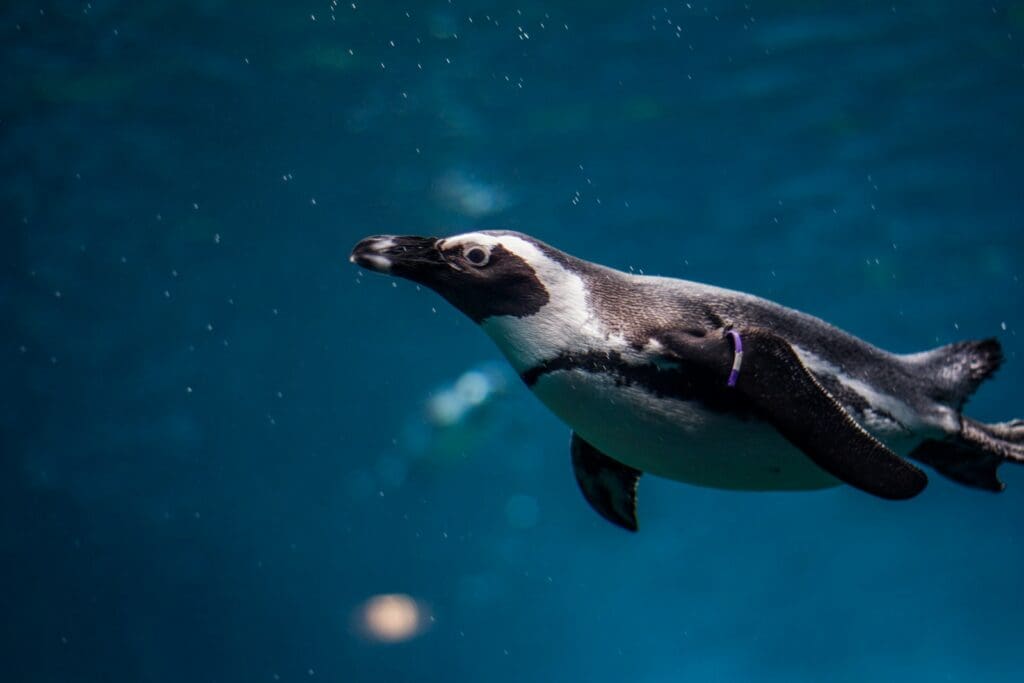
There’s a gland above the penguins eyes that filters out salt from ocean water and turns it into freshwater. This allows them to drink salt water without health problems. The salt is then sent to their tear ducts where they “cry it out” to make room for more filtering.
Many Greenland Sharks Have Parasites for Eyes
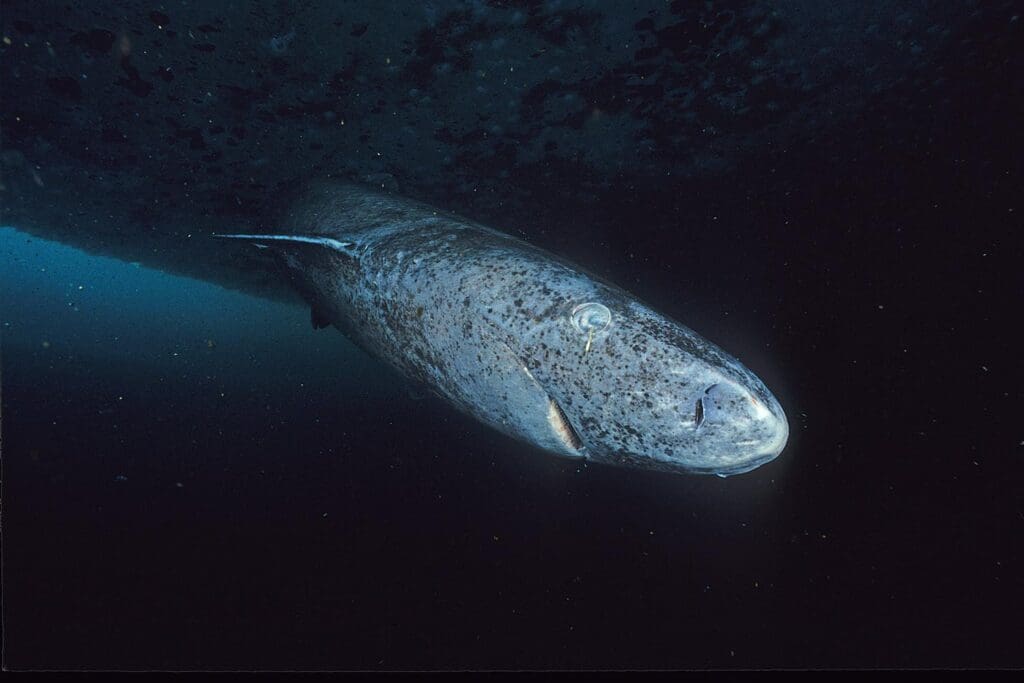
This is a little disturbing, but many of the long-living Greenland sharks are blind because a special parasite that consumes their eyes, effectively replacing them. However, this may help the slow-swimming sharks, as the parasites are thought to have an angelfish-like ability to lure prey to eat.
Butterflies Drink Blood
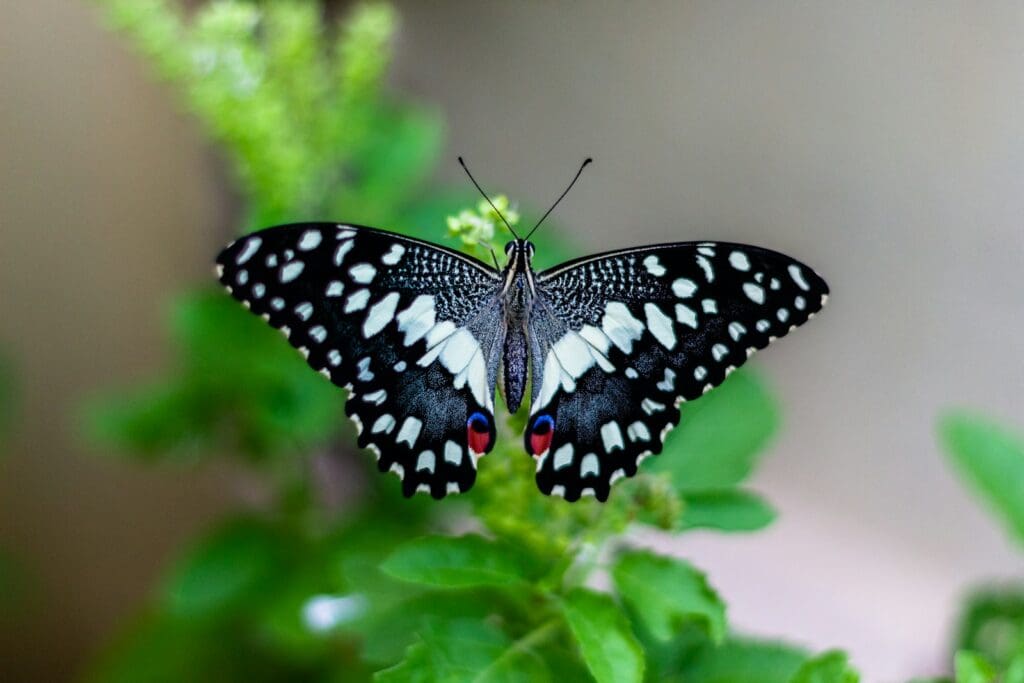
It’s almost amusing to imagine sweet, beautiful butterflies gorging themselves on blood, but if the opportunity is present, they will do exactly that! It’s called mud-puddling and it gets even worse — they will also consume moist substances found in rotting plants, mud, feces, or as we already discussed, carcasses. Scientifically speaking, butterflies are able to extract nutrients from just about anything.
Sloths Are Super Lazy Romantic Partners
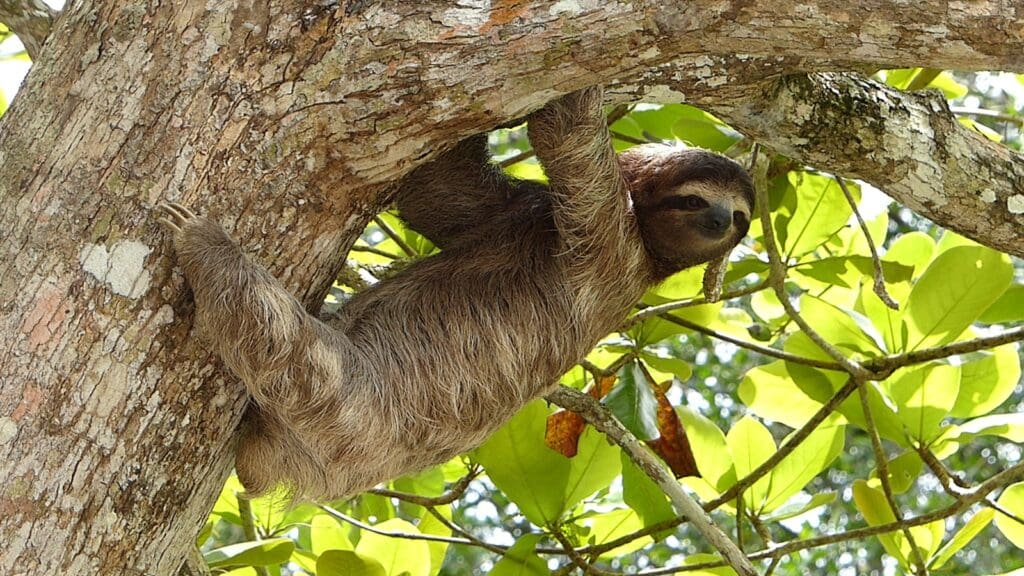
When it’s time to mate, sloths won’t expend the energy it takes to go looking around for mates. That’s a lot of work (and it would take them forever)! Instead, the female sloth will often sit in her tree and scream until a male hears her and makes the trek to do the deed.
Roosters Deafen Themselves Before They Crow
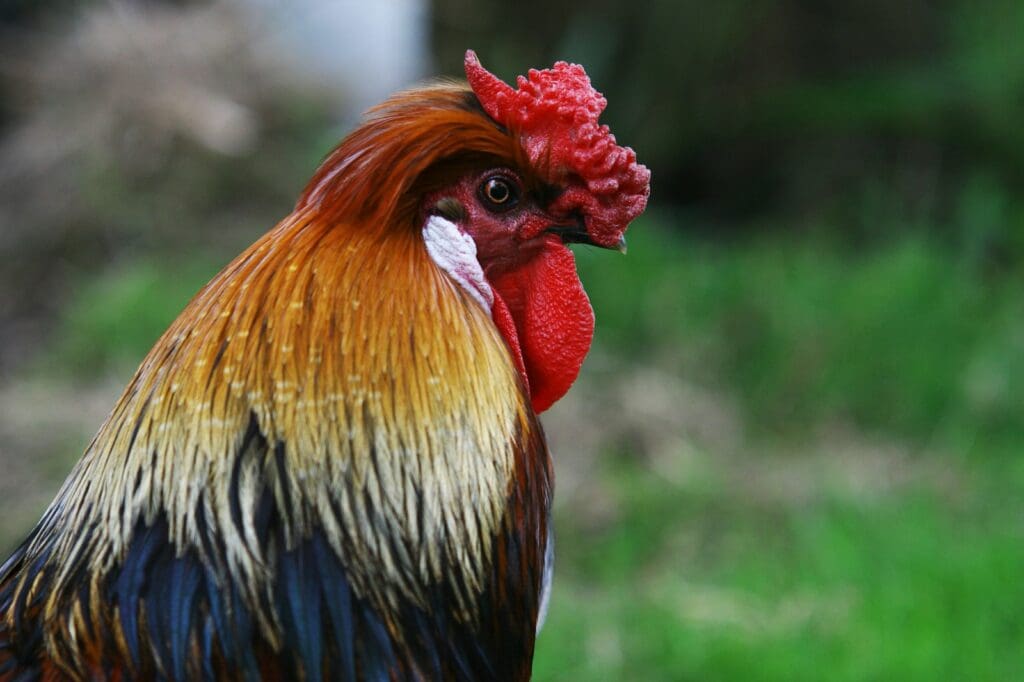
As I’m sure many of you know, roosters are LOUD. It actually hurts to be near one when they crow. And they would hurt their own ears if they didn’t pull off a special trick before crowing — they temporarily deafen themselves to prevent hearing damage. And while roosters do start crowing in the morning when the sun comes up, they never stop. They crow all day, for unknown reasons.
Kangaroos Have Backup Babies
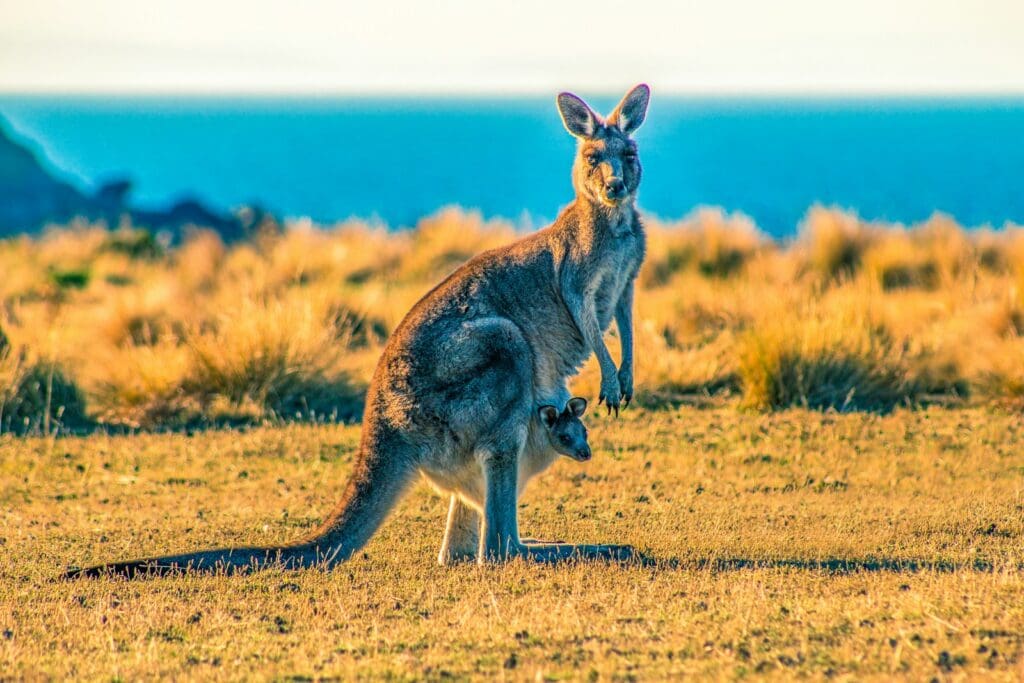
Just three or so days after giving birth, kangaroos will mate again. Their newborn will hang out in their pouch and nurse, and if everything is going well the kangaroo with keep its newly fertilized egg into a state of dormancy. When the newborn either leaves the pouch or dies, hormones in the kangaroo send a signal to the embryo to start developing. This way, kangaroos always have a backup baby ready to go.
Woodpecker Tongues Wrap Around Their Brain
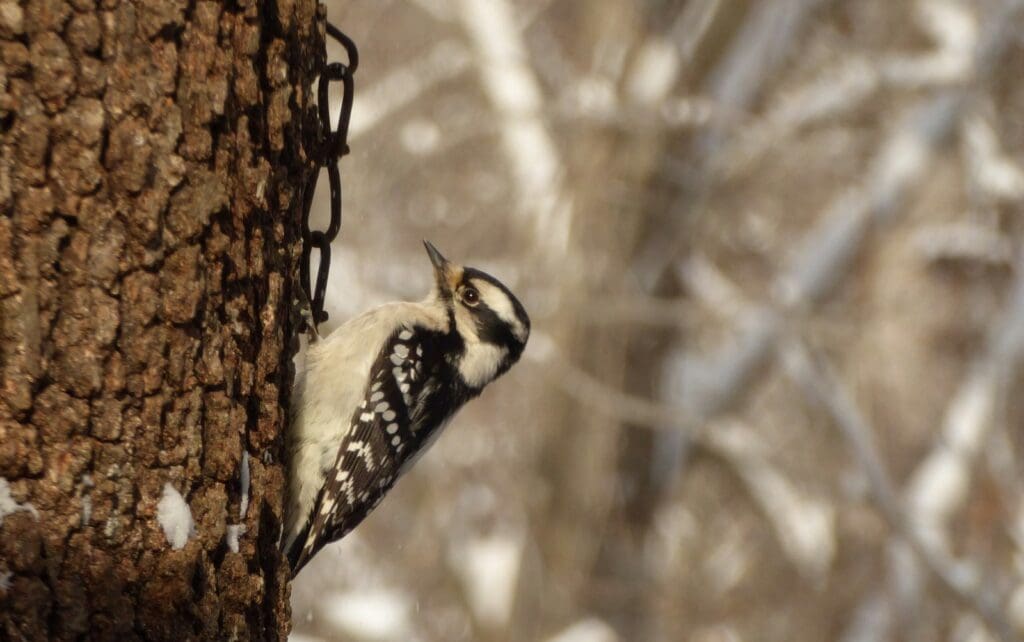
Woodpeckers have very long tongues that they use to find insects or sap in the holes they punch into trees. With the speed and force that they peck, the woodpecker can self-inflect some serious brain injuries. They have very thick cerebralspinal fluid that helps protect their brain, but the real secret weapon is their long tongues… They wrap around the back of their brain, adding a little padding.
The Most Venomous Snake in the World is Actually Pretty Sweet
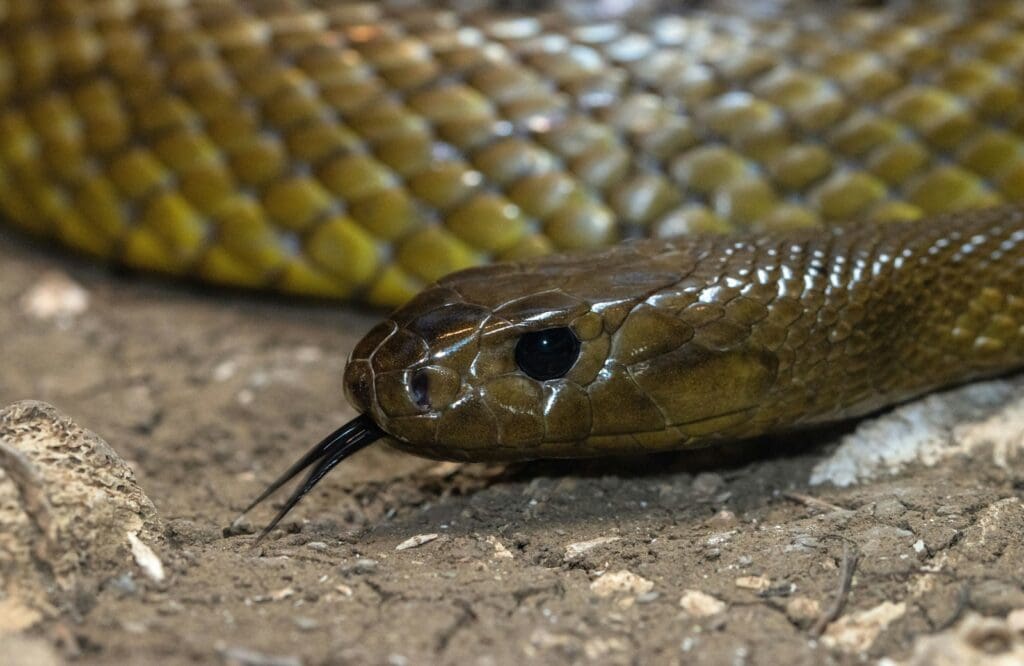
The Inland Taipan snake has venom strong enough to kill nearly 300 humans with just one bite. Thankfully, wildlife experts consider the Inland Taipan to be a sweet-natured and curious snake. Most deaths attributed to these snakes occurred when they were in captivity. These snakes live underground and really only get aggressive to defend their burrows.
Female Anglerfish Absorb Their Male Mates
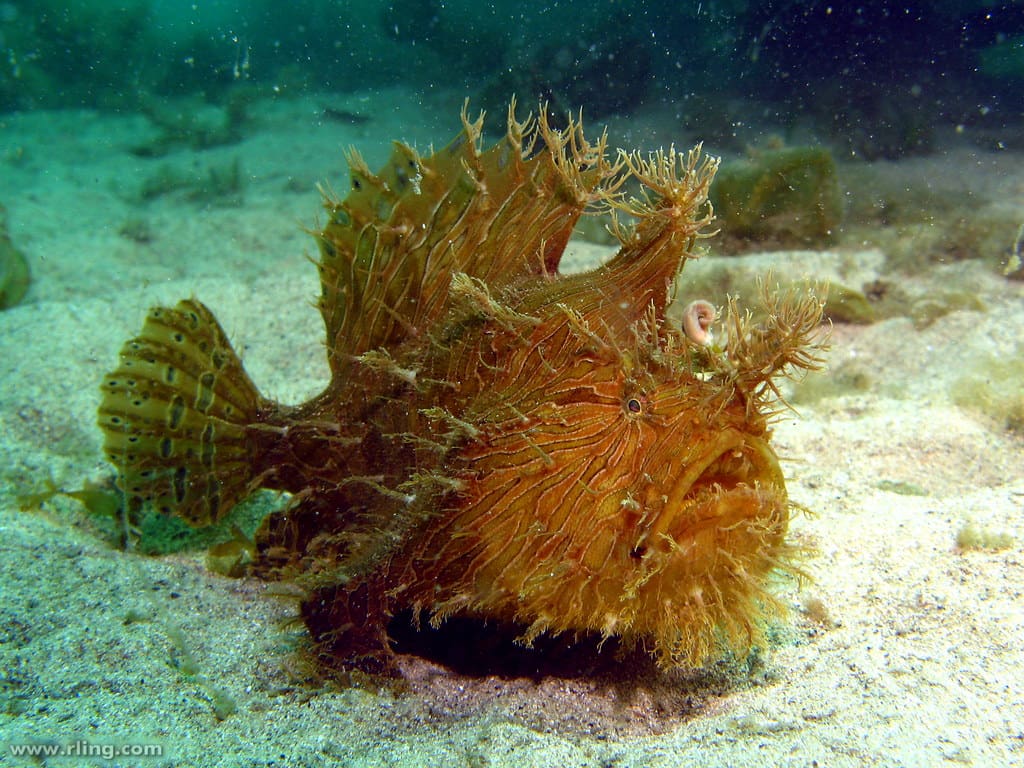
Male anglerfish look nothing like the common photographs you see — those are all female. The males are small and weak and would struggle to survive on their own. They get confused around female anglerfish and will actually take a bite out of them. This is when the female excretes an enzyme that actually fuses the male to her body. She then slowly absorbs the male, only leaving the parts required to instantly fertilize her eggs. A female anglerfish can absorb many males in her lifetime.
Related: These Strange Animals Can Reproduce by Themselves
Caterpillars Turn to Soup Before Becoming Butterflies
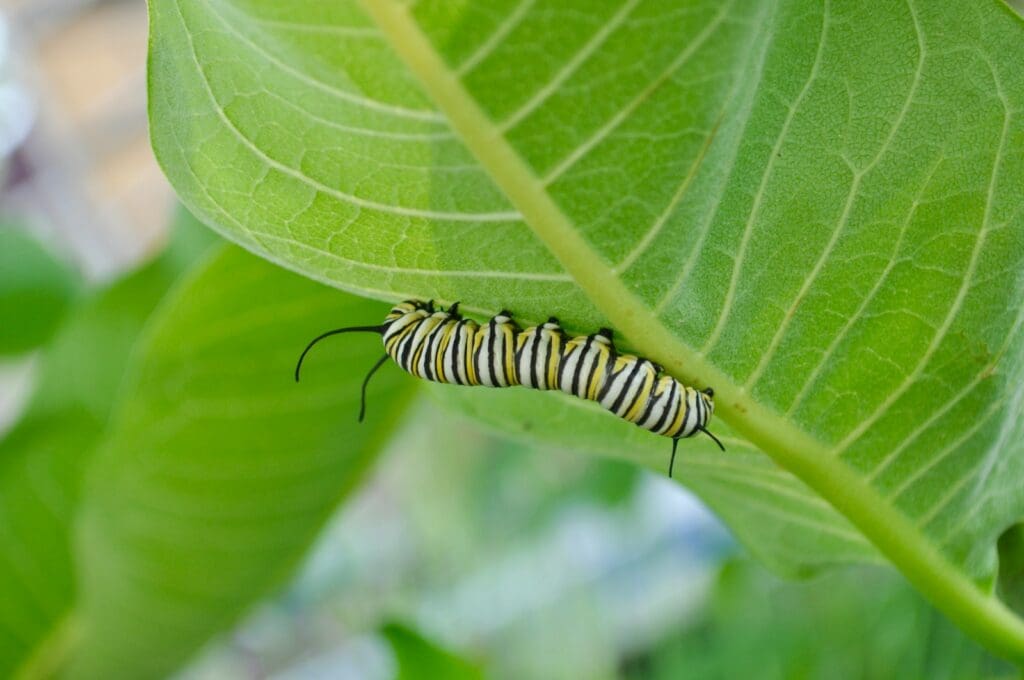
Caterpillars don’t just reform a bit and sprout wings to become butterflies. They actually turn into a liquid soupy substance during the chrysalis phase before reforming into a butterfly. The crazy part? Researchers have found that these butterflies still retain memories from their pre-liquid days, so somehow this transformation from caterpillar to soup to butterfly retains its memories.
Related: The 10 Best Zoos in the USA
You Can’t Hide from a Crow!
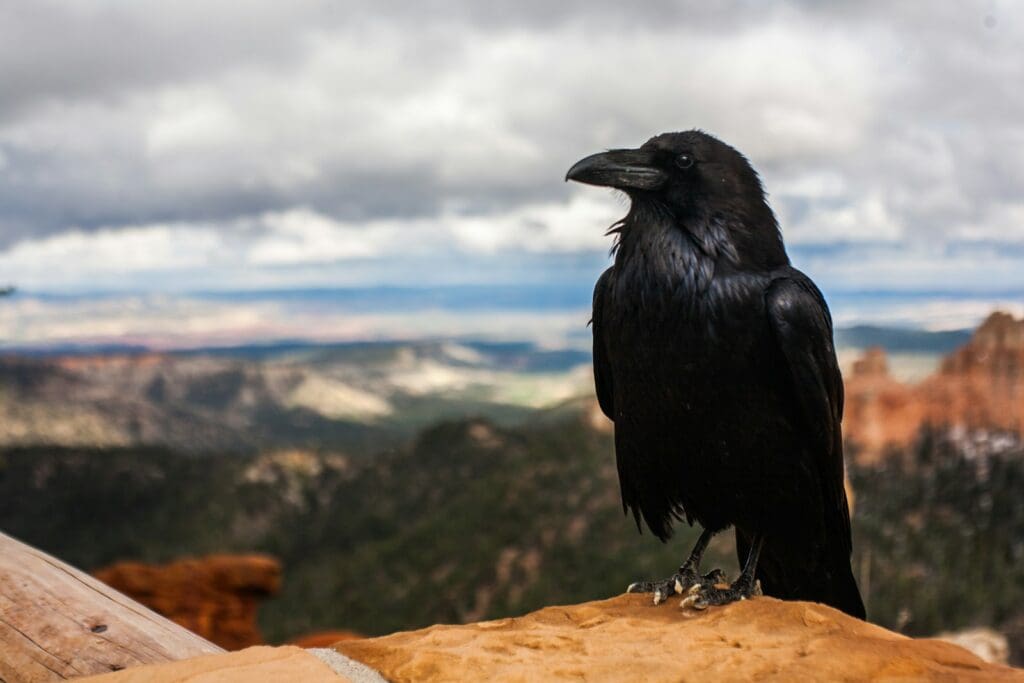
We all know crows are some of the smartest birds around. They can identify individual people, even after many years. They can also identify the same individual if they are wearing a disguise. Maybe we should put a badge on them and let them catch criminals! After all, they already hold “crow court” if a crow commits a “crime” against its brethren.
Related: The 18 Most Dangerous Insects in the United States

